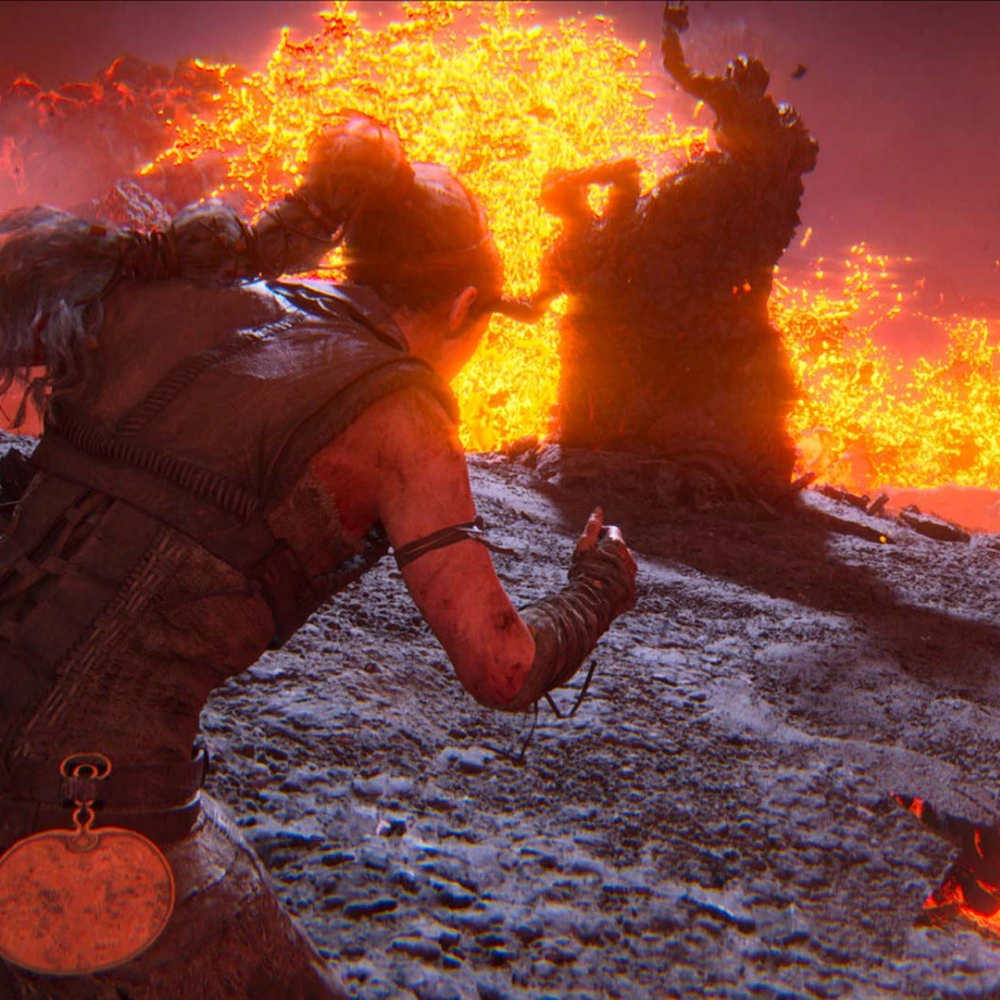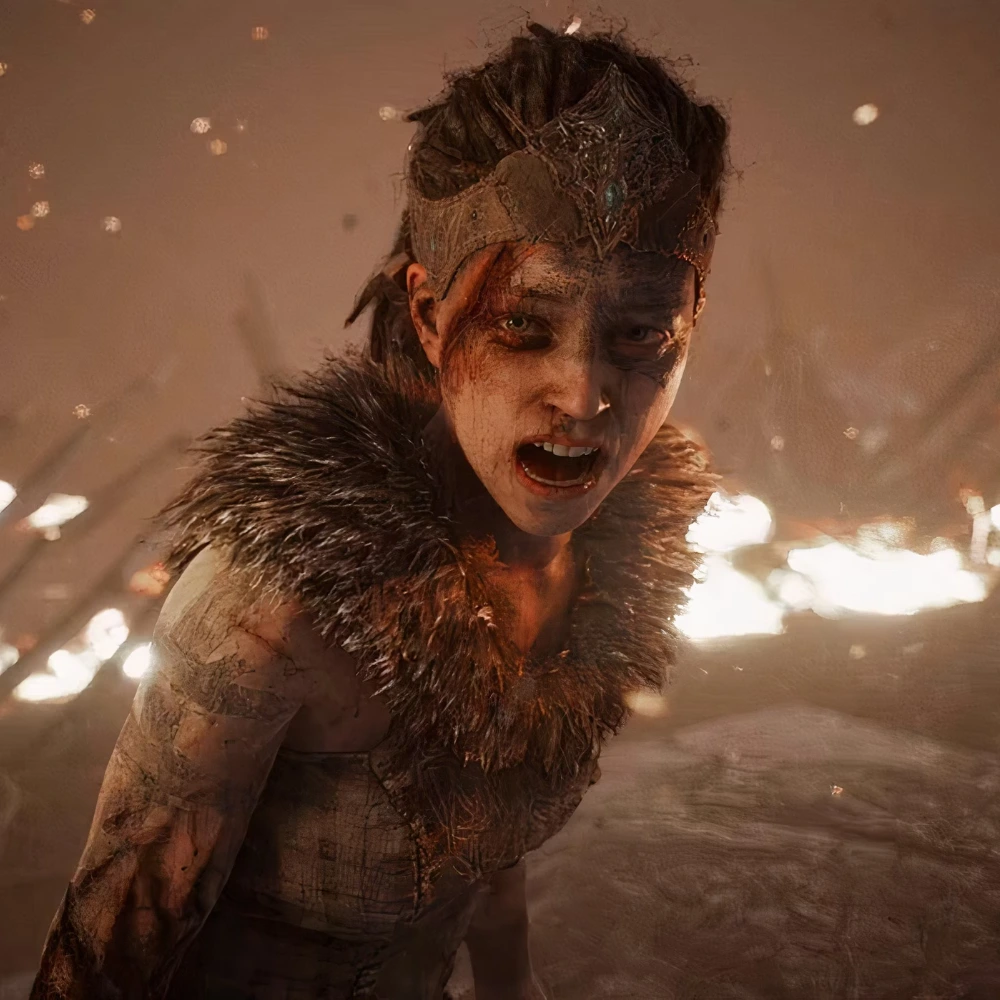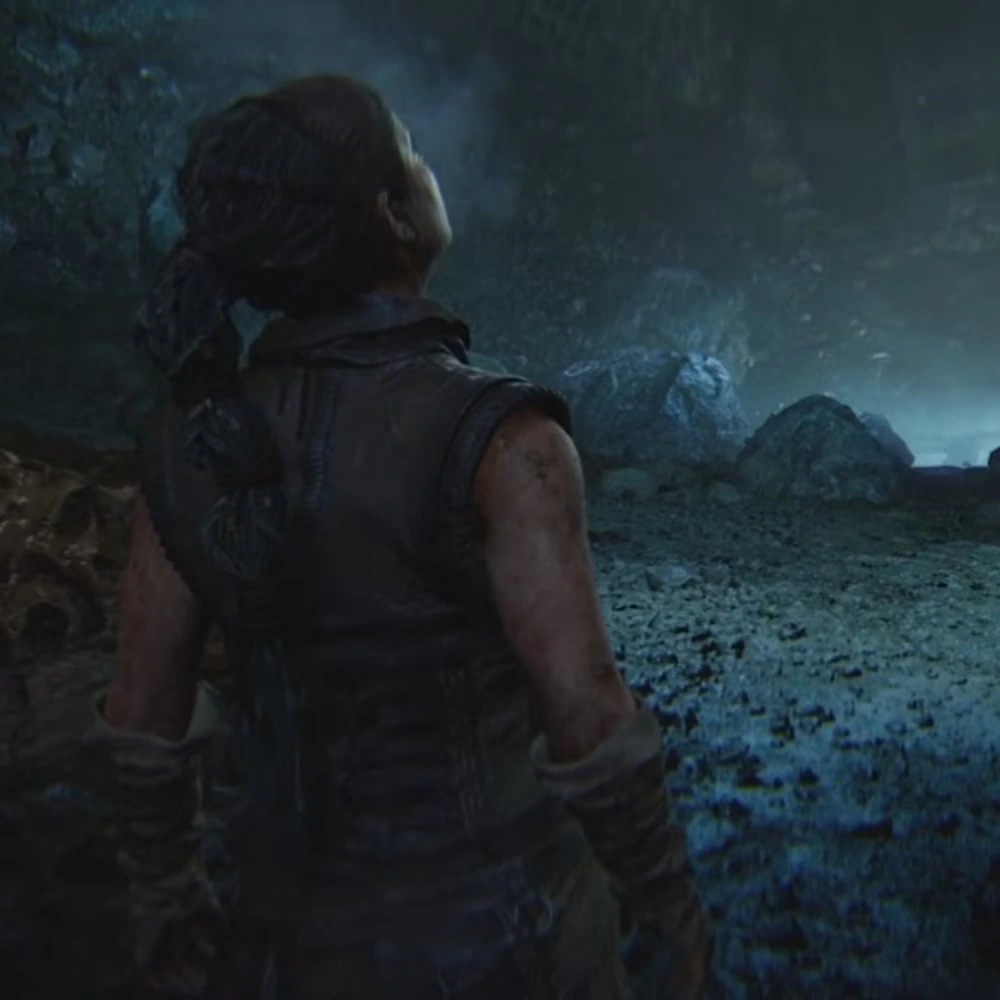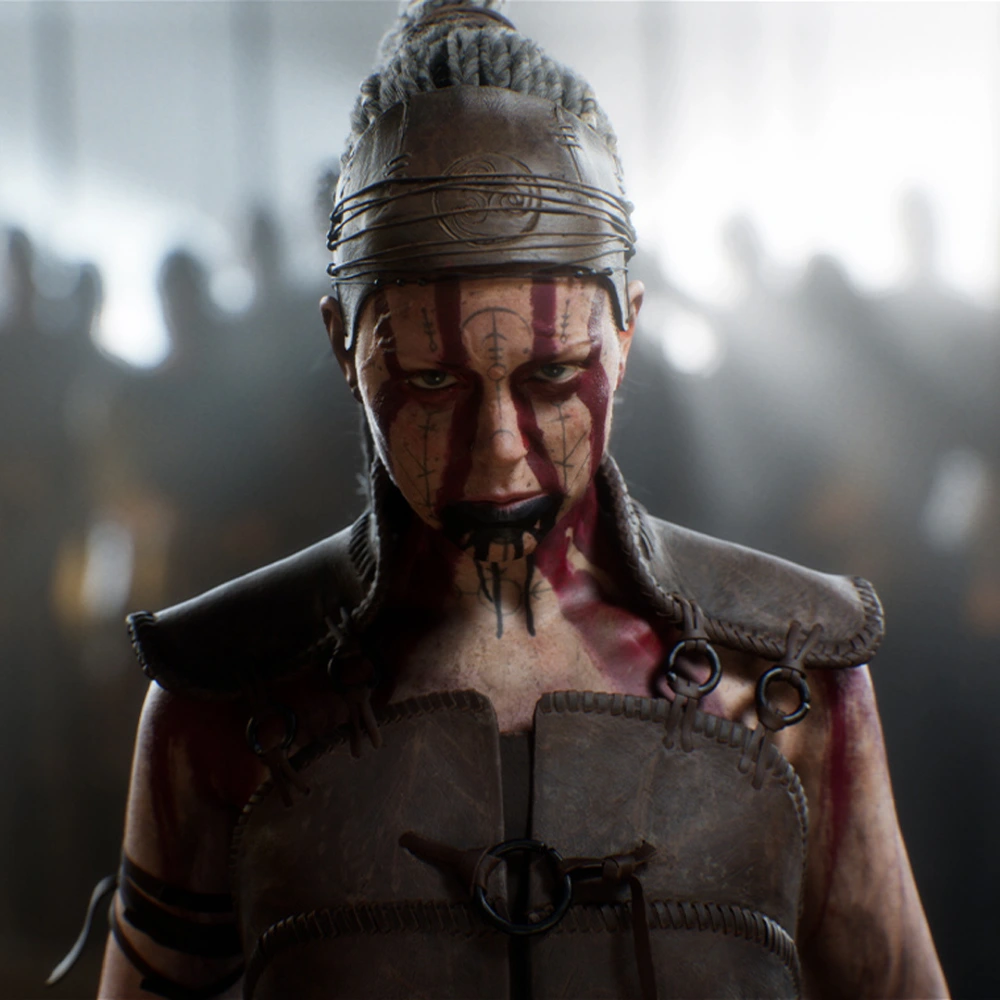Senua’s Saga: Hellblade II is the sequel to the critically acclaimed action-adventure game developed by Ninja Theory. Set in a dark and fantastical world of Norse mythology, Hellblade II continues the journey of Senua, a psychotic warrior as she battles not only external enemies but also her own inner demons. The game promises a deeper and more immersive experience, pushing the boundaries of storytelling, visual fidelity, and psychological depth.
Senua’s Saga: Hellblade II follows Senua, a Celtic warrior from the Pict tribe, as she embarks on a journey through a harsh and unforgiving world influenced by Norse and Celtic mythology. The sequel picks up after the events of the first game, as Senua confronts her troubled past and struggles with mental health. Now, the stakes are higher as she faces new challenges in a world filled with terrifyingly vivid imagery, supernatural enemies, and mind-bending psychological horror.
One of Hellblade’s most distinctive features is its depiction of psychosis, and Hellblade II continues to delve into this complex theme. Senua’s inner struggles with hallucinations, delusions, and trauma will be central to the narrative, and the game continues to explore the emotional burden of mental illness in an visceral way.
Epic Landscapes and Mythical Creatures: The game introduces new environments inspired by Norse mythology, including vast ancient ruins, snow-capped mountains, fog-filled forests, and underworld landscapes. Players will encounter mythical beasts, such as terrifying giants, spirits, and deadly creatures.
While the first game featured a mix of hand-to-hand combat and puzzle-solving, Hellblade II promises to expand the combat mechanics, offering more fluid and dynamic interactions in battles.
The game features stunning, highly detailed environments that immerse players in its world. From remote mountaintops to mysterious caves and haunted ruins, each area has been designed with incredible attention to detail.
Character Models and Animations: The game features realistic character models, with the ability to control movement.










